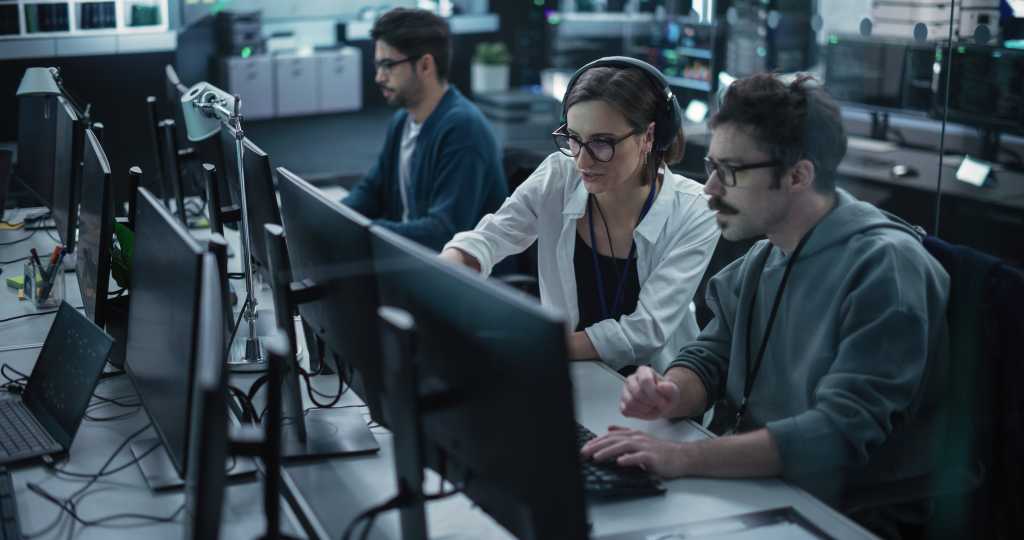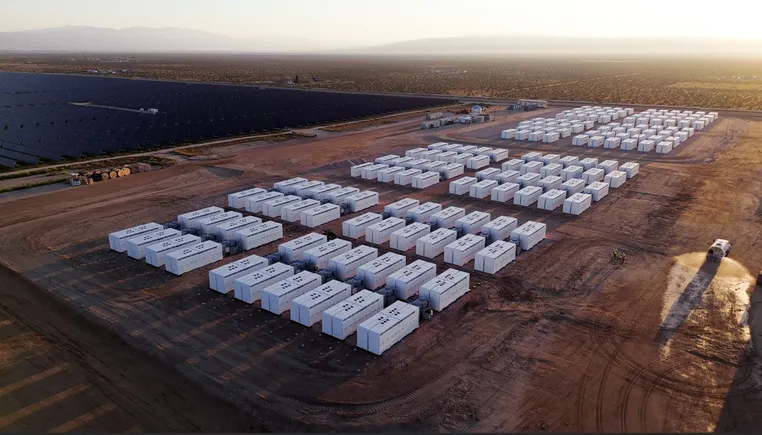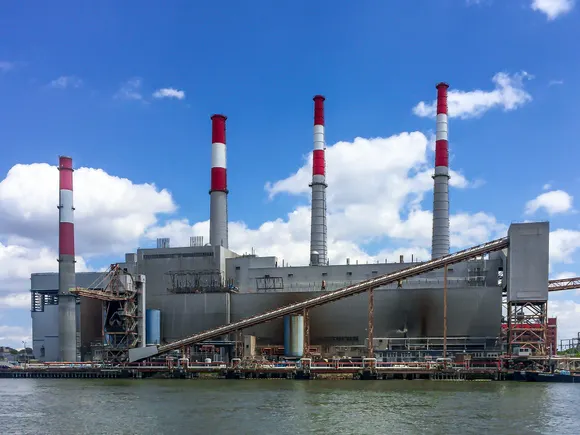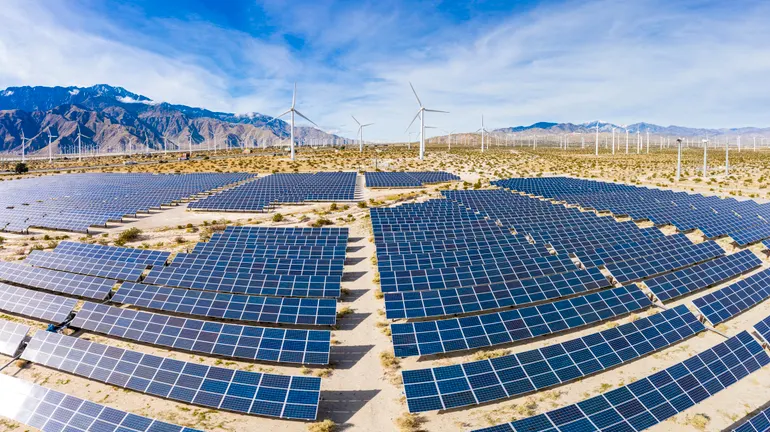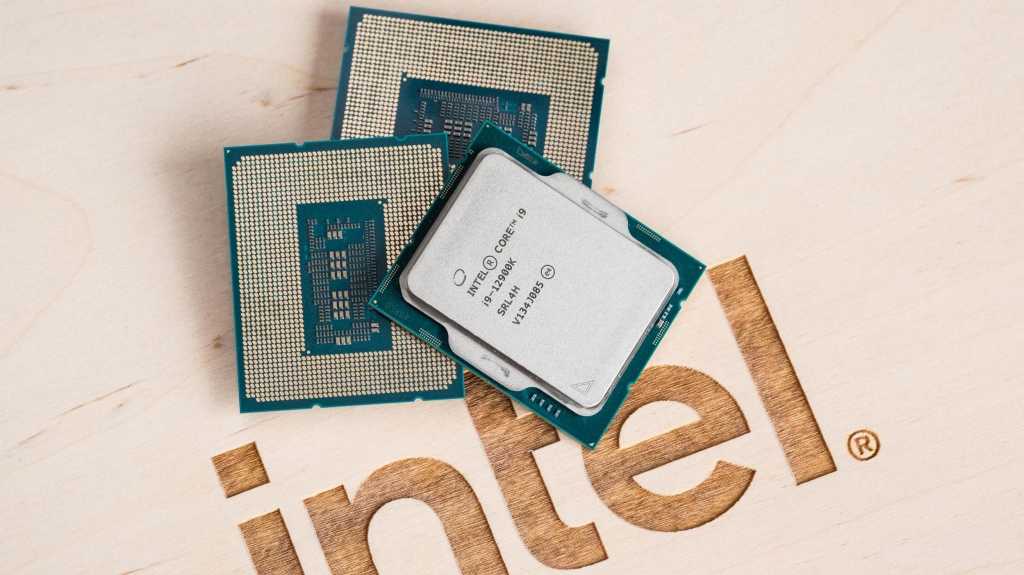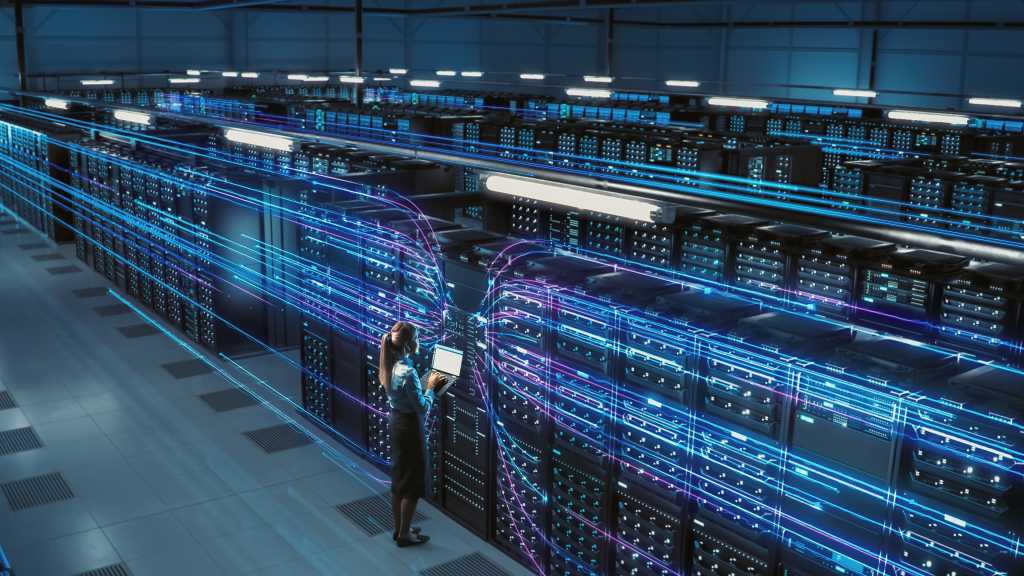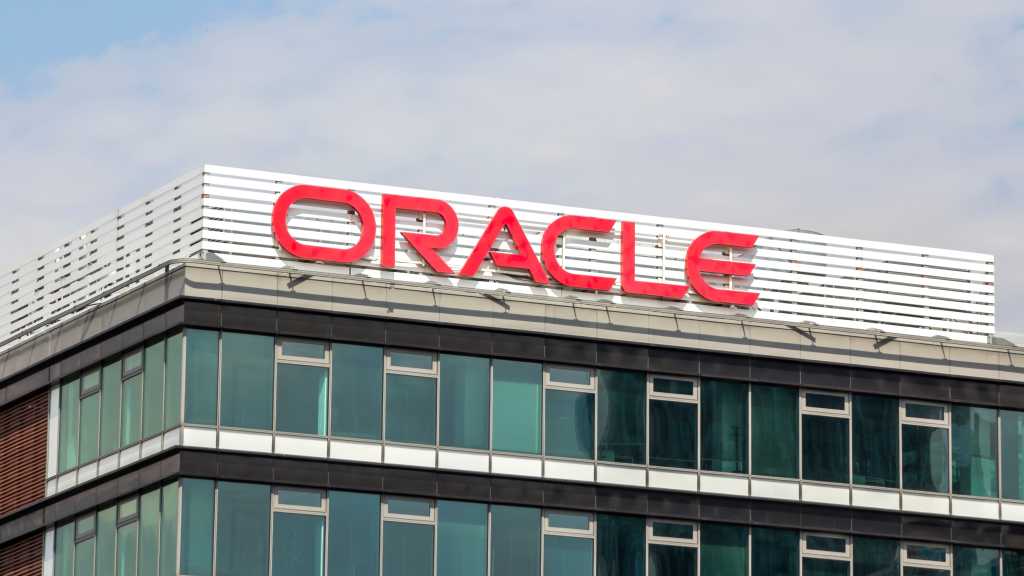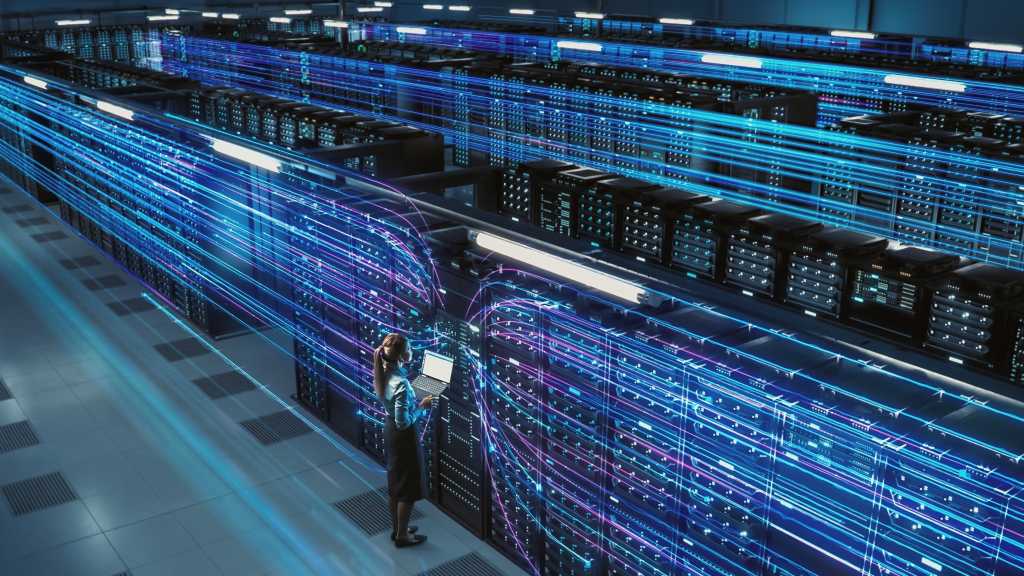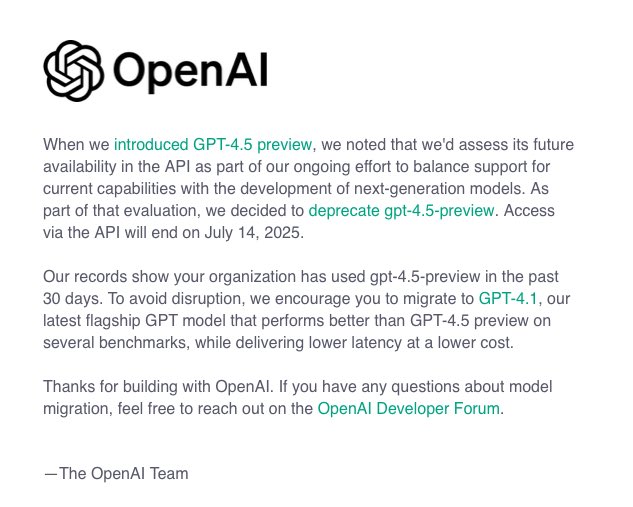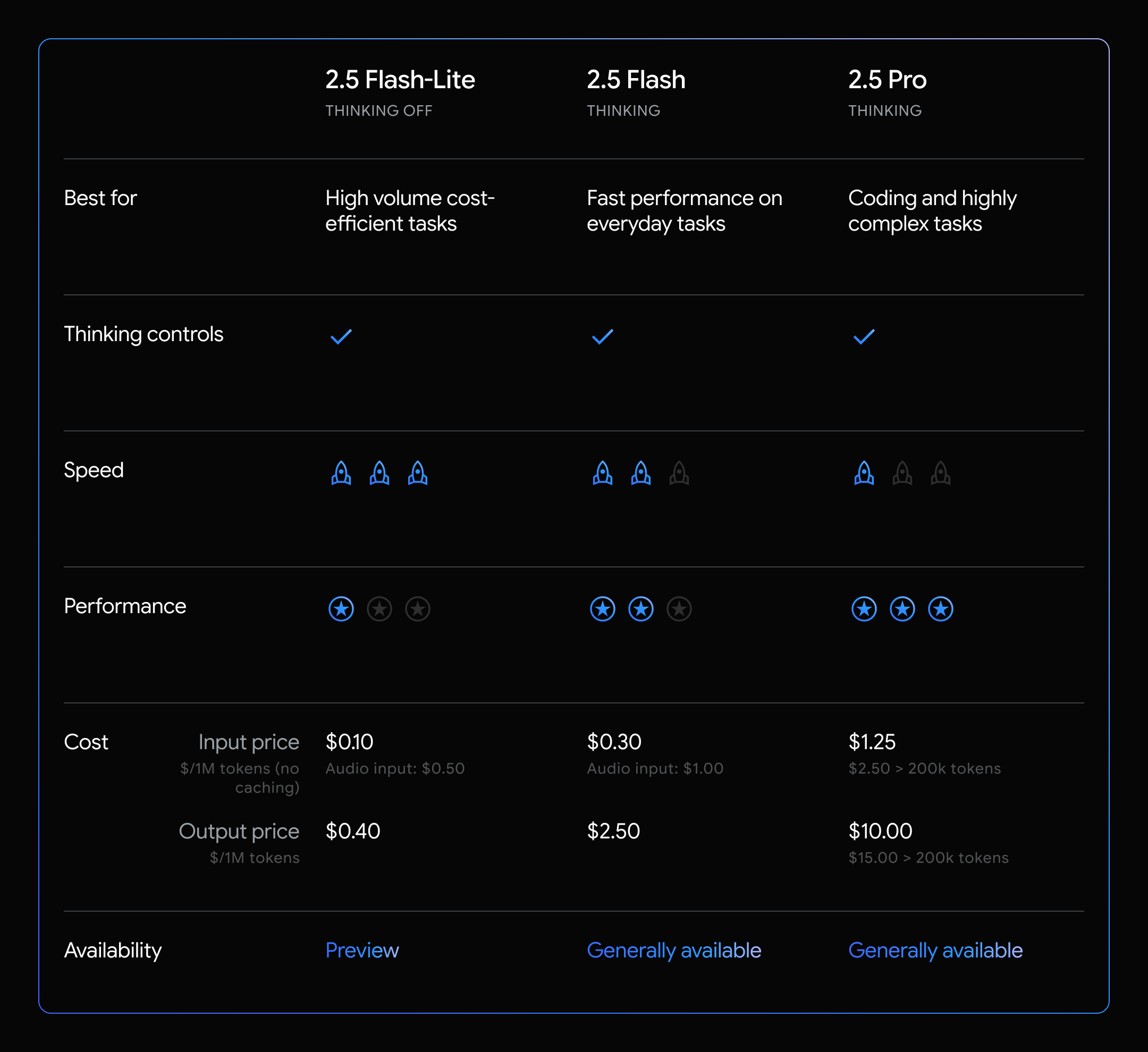
In a statement posted on its website recently, the U.S. Department of the Interior (DOI) announced the release of a new U.S. Geological Survey (USGS) assessment “identifying significant undiscovered, technically recoverable oil and gas resources in the Mowry Composite Total Petroleum System”.
The DOI noted in the statement that the assessment estimates the presence of 473 million barrels of oil and 27 trillion cubic feet of natural gas. It pointed out that these are resources “that could help bolster domestic energy supply and fuel local economies”.
A fact sheet posted on the USGS website stated that the USGS “assessed undiscovered, technically recoverable conventional and continuous (unconventional) oil and gas resources in the Early to Late Cretaceous (Albian to Coniacian) Mowry Composite Total Petroleum System (TPS) in the Southwestern Wyoming Province in Wyoming, Colorado, and Utah”.
In its statement, the DOI noted that, since exploration began in the 1950s, the Mowry Composite system has produced approximately 7.3 trillion cubic feet of natural gas and 90 million barrels of oil.
The DOI pointed out in its statement that the USGS previously assessed undiscovered energy resources in the Mowry Composite Total Petroleum System in 2005. It added that the Southwestern Wyoming Geologic Province, where the Mowry is located, “also produces abundant additional oil and gas from other formations, such as the Lance Formation, Lewis Shale, and the Mesa Verde Group”. None of these are accounted for in the latest USGS assessment, the DOI highlighted.
“This new USGS assessment underscores the role of American energy resources in strengthening our energy independence and driving economic development across the West,” Secretary of the Interior Doug Burgum said in the statement.
“Public lands in Southwestern Wyoming hold significant potential, and this science-based evaluation provides critical data to help inform responsible resource management. We Map, Baby, Map to provide updated estimates of recoverable oil and gas and equip decision-makers, communities, and industry with the knowledge they need to support job creation, domestic energy production, and long-term economic growth,” he added.
Acting USGS Director Sarah Ryker said in the statement, “USGS energy assessments typically focus on undiscovered resources – areas where science tells us there may be a resource that industry hasn’t discovered yet”.
“In this case, our assessment found substantial undiscovered, technically recoverable oil and gas resources,” Ryker added.
USGS oil and gas assessments began 50 years ago following an oil embargo against the U.S. that signaled a need to understand the occurrence, distribution, and potential volumes of undiscovered resources, the DOI said in its statement. It added that USGS energy resource assessments provide information to policy makers on resource potential in areas of the U.S. and the world.
In a statement released on its website back in April, the DOI announced a “significant increase in estimated oil and gas reserves in the Gulf of America Outer Continental Shelf”.
The DOI outlined in that statement that analysis from the Bureau of Ocean Energy Management (BOEM) revealed “an additional 1.30 billion barrels of oil equivalent since 2021, bringing the total reserve estimate to 7.04 billion barrels of oil equivalent”.
The DOI noted in the statement that this includes 5.77 billion barrels of oil and 7.15 trillion cubic feet of natural gas – which it pointed out is a 22.6 percent increase in remaining recoverable reserves.
BOEM’s updated assessment evaluated over 140 oil and gas fields, identifying 18 new discoveries and analyzing more than 37,000 reservoirs across 1,336 fields in the Gulf, the DOI highlighted in that statement.
“This new data confirms what we’ve known all along – America is sitting on a treasure trove of energy, and under President Trump’s leadership, we’re unlocking it,” Burgum said in that statement.
In a statement posted on its site earlier in April, the DOI said Burgum had “directed the Bureau of Ocean Energy Management to hold the next scheduled oil and gas lease sale in the Gulf of America” and revealed that BOEM anticipates publishing a proposed notice of sale in June 2025.
The DOI noted in that statement that BOEM’s “latest estimates of technically recoverable oil and gas resources in undiscovered fields in the Gulf of America include 29.59 billion barrels of oil and 54.84 trillion cubic feet of gas”.
“Under the Trump administration’s leadership, Interior is taking a leading role in securing Energy Dominance for the United States,” the DOI went on to note in that statement.
To contact the author, email [email protected]


